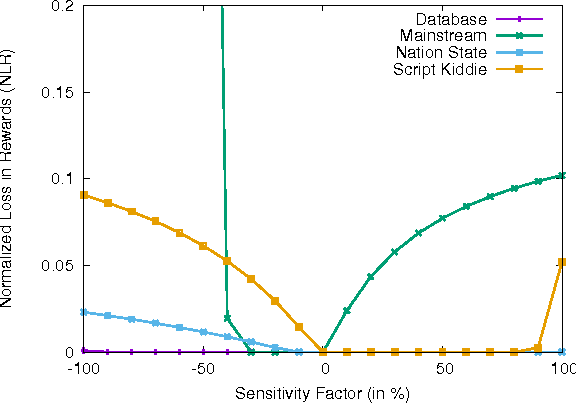Adam Doupé
ARVO: Atlas of Reproducible Vulnerabilities for Open Source Software
Aug 04, 2024



Abstract:High-quality datasets of real-world vulnerabilities are enormously valuable for downstream research in software security, but existing datasets are typically small, require extensive manual effort to update, and are missing crucial features that such research needs. In this paper, we introduce ARVO: an Atlas of Reproducible Vulnerabilities in Open-source software. By sourcing vulnerabilities from C/C++ projects that Google's OSS-Fuzz discovered and implementing a reliable re-compilation system, we successfully reproduce more than 5,000 memory vulnerabilities across over 250 projects, each with a triggering input, the canonical developer-written patch for fixing the vulnerability, and the ability to automatically rebuild the project from source and run it at its vulnerable and patched revisions. Moreover, our dataset can be automatically updated as OSS-Fuzz finds new vulnerabilities, allowing it to grow over time. We provide a thorough characterization of the ARVO dataset, show that it can locate fixes more accurately than Google's own OSV reproduction effort, and demonstrate its value for future research through two case studies: firstly evaluating real-world LLM-based vulnerability repair, and secondly identifying over 300 falsely patched (still-active) zero-day vulnerabilities from projects improperly labeled by OSS-Fuzz.
Moving Target Defense for Web Applications using Bayesian Stackelberg Games
Nov 17, 2016
Abstract:The present complexity in designing web applications makes software security a difficult goal to achieve. An attacker can explore a deployed service on the web and attack at his/her own leisure. Moving Target Defense (MTD) in web applications is an effective mechanism to nullify this advantage of their reconnaissance but the framework demands a good switching strategy when switching between multiple configurations for its web-stack. To address this issue, we propose modeling of a real-world MTD web application as a repeated Bayesian game. We then formulate an optimization problem that generates an effective switching strategy while considering the cost of switching between different web-stack configurations. To incorporate this model into a developed MTD system, we develop an automated system for generating attack sets of Common Vulnerabilities and Exposures (CVEs) for input attacker types with predefined capabilities. Our framework obtains realistic reward values for the players (defenders and attackers) in this game by using security domain expertise on CVEs obtained from the National Vulnerability Database (NVD). We also address the issue of prioritizing vulnerabilities that when fixed, improves the security of the MTD system. Lastly, we demonstrate the robustness of our proposed model by evaluating its performance when there is uncertainty about input attacker information.
 Add to Chrome
Add to Chrome Add to Firefox
Add to Firefox Add to Edge
Add to Edge